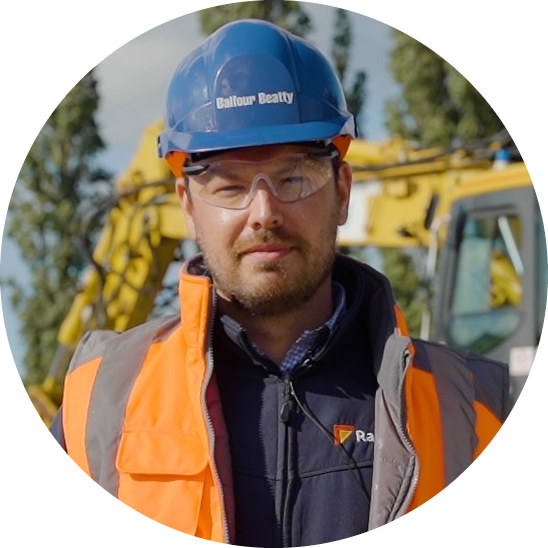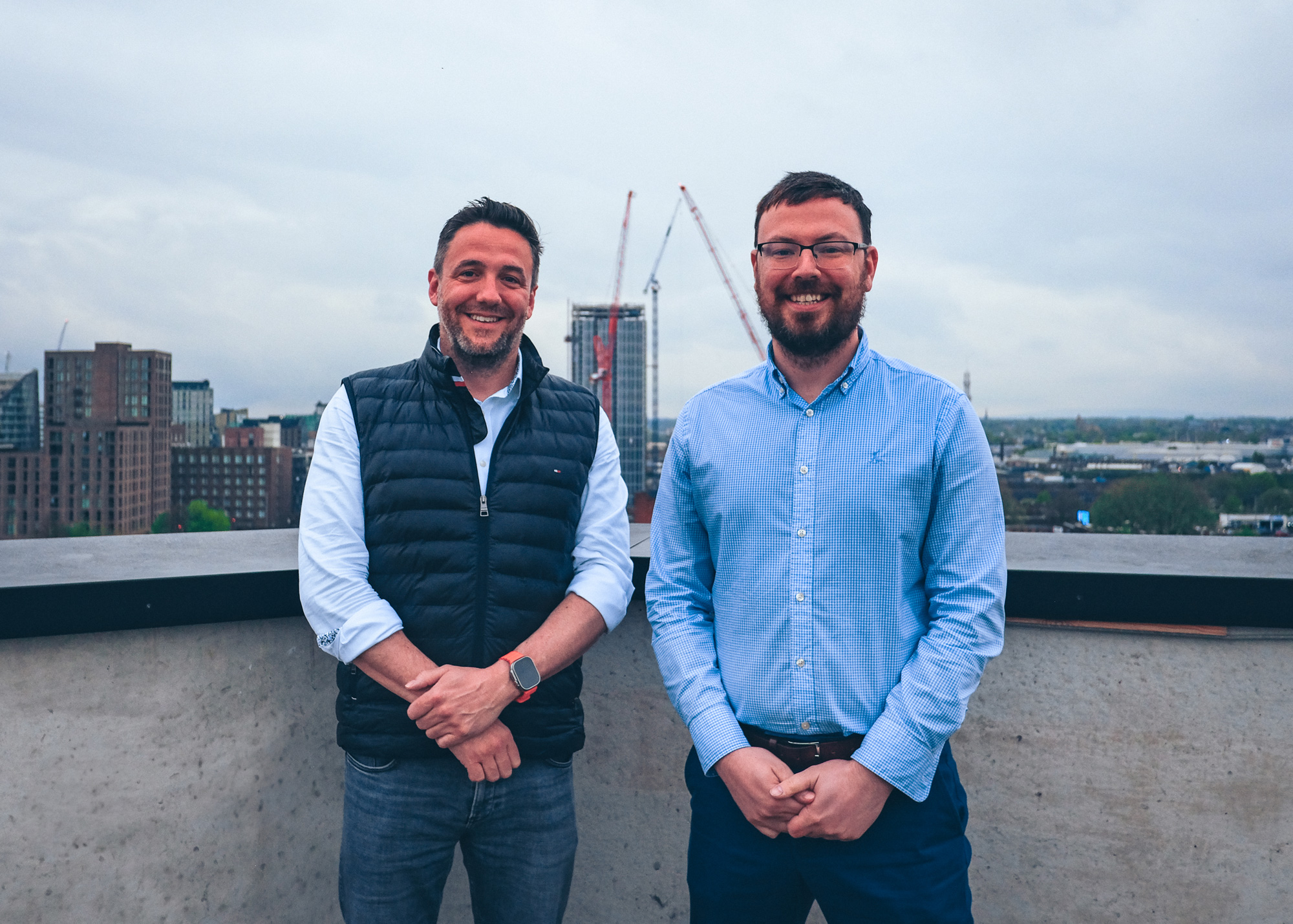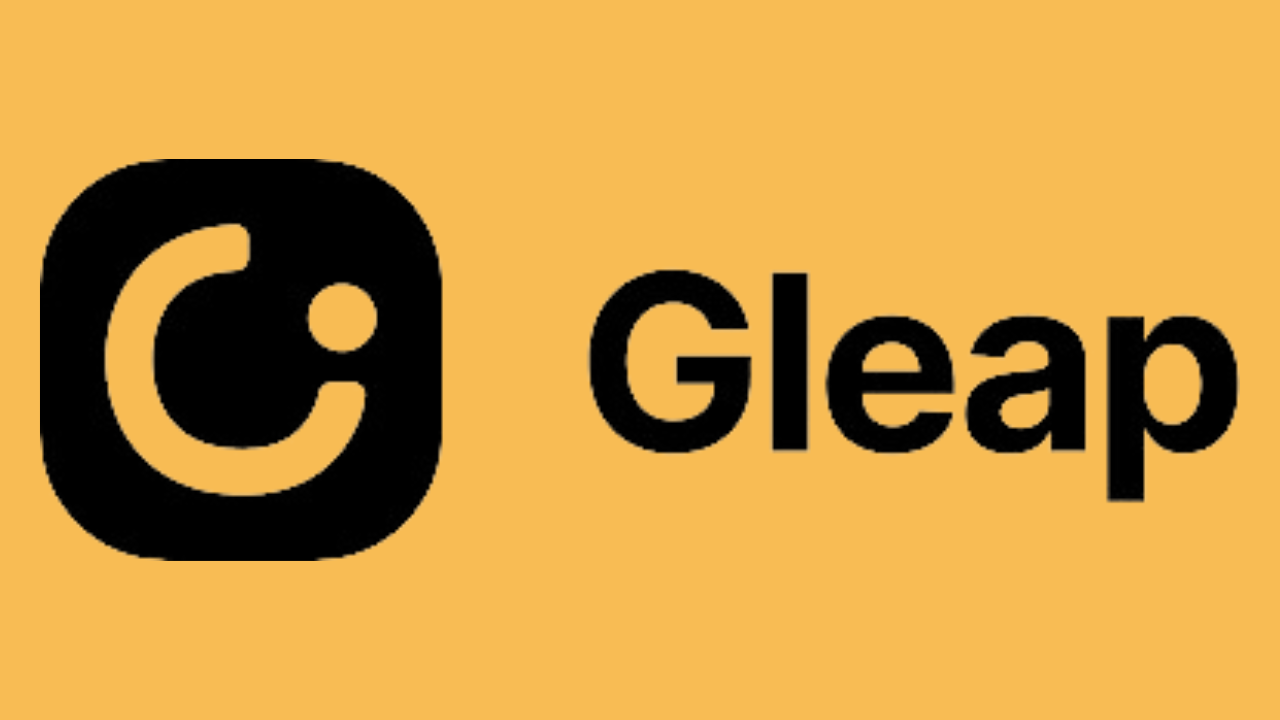We utilise user research to create a better product. Design is at the forefront of everything we do. It impacts the way you navigate through our products, how easy they are to use and the features they include. That’s why it’s so important for us to test and get feedback from real Raildiary users out on site and in the office.
When you’re designing a product, you become so familiar with it that you come too close to see the flaws. Sometimes it helps to take a step back, but even better, get a fresh pair of eyes on it – especially the eyes of your customers.
In our case, our customers are based in the rail construction industry. Although there are many user roles who can benefit from using our app, we have identified our key customers as Construction Managers, Site Supervisors and Project Managers.
We didn’t come to this conclusion through guesswork. Months of research into the lifecycle of a rail construction project has helped us understand where our app can be used, what value it provides and who it benefits the most.
Today, I want to share with you the methodology behind the user research processes we use at Raildiary so you can understand how our product works and the reasoning behind many of our decisions about user experience and design.
- Our Process
- Testing & Analysis
- We’ve Changed
- Get Involved With My Study
1. Our Process
Discover what goes on behind the scenes of a SaaS company
User Personas
When our founder first came up with the great idea for Raildiary, we didn’t go straight to design. Instead we asked the question “Who are our users?”.
Our initial research left us with 7 user personas - which is far too many. I refer to the saying ‘Jack of all trades, master of none’. Well, the same goes for user personas. Try and focus on too many and the goals can be confusing for your main users.
After conducting some in-house workshops with the team we managed to reduce the personas down from 7 to 3, focusing on Construction Managers, Site Supervisors and Project Managers.
This product is built with core users in mind and will continue to grow in that way.
User Stories
Once we established our personas, we began creating user stories. In order to create these we had to step into our users' heads and ask ourselves, “If I was this person, what would I want to achieve?”.
Examples of these include:
- As a Site Supervisor, I want to be able to fill in my Sitediary more quickly than the current process.
- As a Construction Manager, I want to be able to plan the work ahead
- As a Project Manager, I want greater visibility on what’s happening during a shift.
We built up a series of these to keep referring back to the design/development phase, to ensure we were staying on track with our users wants and needs
Sitemap / User flows
Before we created our user flow diagrams, we needed to create the structure of the Sitediary app in the format of a sitemap. We built up a diagram of all the different pages that would be included in our app and marked out how they should connect together.
Once we created our sitemap we marked out how our users would move across our app to complete their different tasks - creating a user flow.
This is such an important step in the process because it ensures our customers can not only complete their goals but they can travel through the site with ease and not get stuck anywhere.
2. Testing & Analysis
Once the app was built, it was time to test it on some real users. Our product testing is continuous as we make changes to the app – we are constantly seeking new feedback for improvement.
To ensure our new feature updates are at optimum usability levels for our users, we go through a series of testing and analysis methods.
Peer Review
First, it goes through an in-house peer review. We have several departments look over the prototypes, armed with the user stories and a series of questions/tasks to complete to iron out any potential issues for our customers.
Brand Ambassadors
Once the in-house team are happy, we branch out to our brand ambassadors – a collection of rail construction workers who use our prototypes on live projects to give open and honest feedback before launching to the general public.
Live Client Feedback
Finally, once the features are live and launched to our clients, we ask for regular feedback sessions. We understand that all our clients have different requirements for different projects, so we want to ensure we are giving them the best service they can get.
3. We’ve Changed…
We have already made some valuable changes to our app, that weren't scheduled in our roadmap but were implemented due to the feedback from our customers. Here are just a couple of examples:
Adding a name to a labour resource
In our initial user research interviews a couple of people mentioned that it would be useful to have the option to add a persons name next to a labour resource. As the users categorised this as more of a 'nice to have' rather than an essential, we prioritised it as a low-medium and planned it into a future development period.
Then, a few weeks later, we had several meetings with potential clients and the same comment came up again and again. It was clear to us that this was a feature that everyone could see the benefit of. So, we pushed this feature change forward and it was implemented the very next day.
It was a small change for us but it provided our clients with much more valuable data that they could use for commercial, delivery and HSQW purposes.
Automating the hours allocation page
A clear pain point for our users was the hours allocation page. This page allows you to assign the hours of each activity to a resource. This was a manual process for the Site Supervisors to complete which was sometimes taking them up to 15 minutes to fill out this step if they had a lot of resources on shift. The Site Supervisors were not happy, but we didn't want to remove this step as the data collected is so valuable for the people in the office.
By taking some time to work out an algorithm we were able to automate this process – reducing the completion of this step from minutes to seconds. By clicking the 'AUTO-ALLOCATE' button at the top right of the table, the work is done. Users can check and amend each field as necessary then hit 'FINISH'.
Site Supervisors are happy because this step is complete in just a click of a button and Project Managers are happy as they still have access to this valuable data. Job done.
Get Involved With My User Research Study!
We are always looking for new users to test our product. Every company and project is different, so the more varied feedback we have the more we can improve.
If you think you are a potential match for our next user research session then please register your interest below by clicking here and booking a consultation. I will send you a quick follow up questionnaire to check you are the right match and give you details about our next steps.
The interview can take place via video chat or face-to face, at your place or ours. Remember there are no right or wrong answers but every bit of feedback really does help to improve our products and, ultimately, your workflow.





